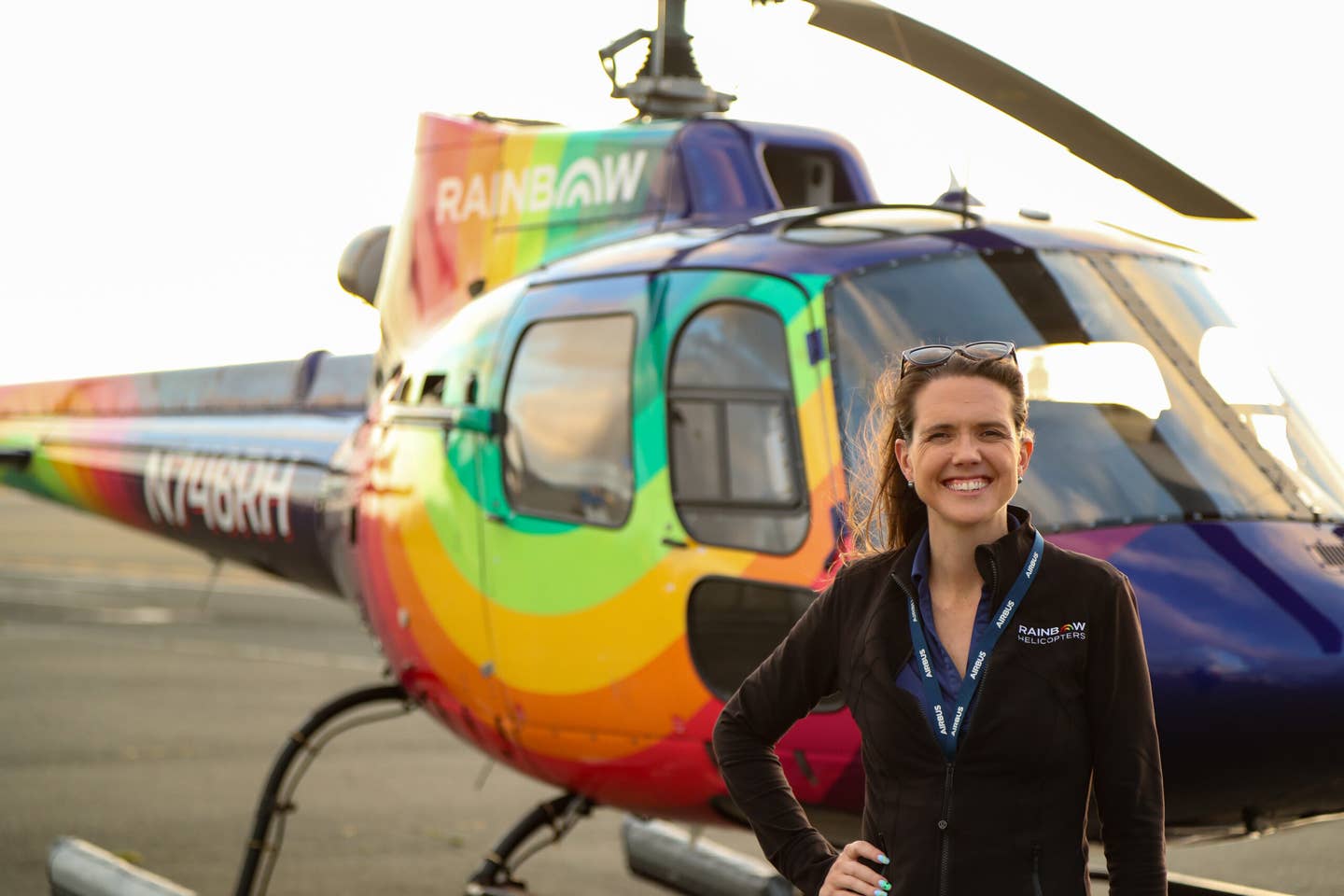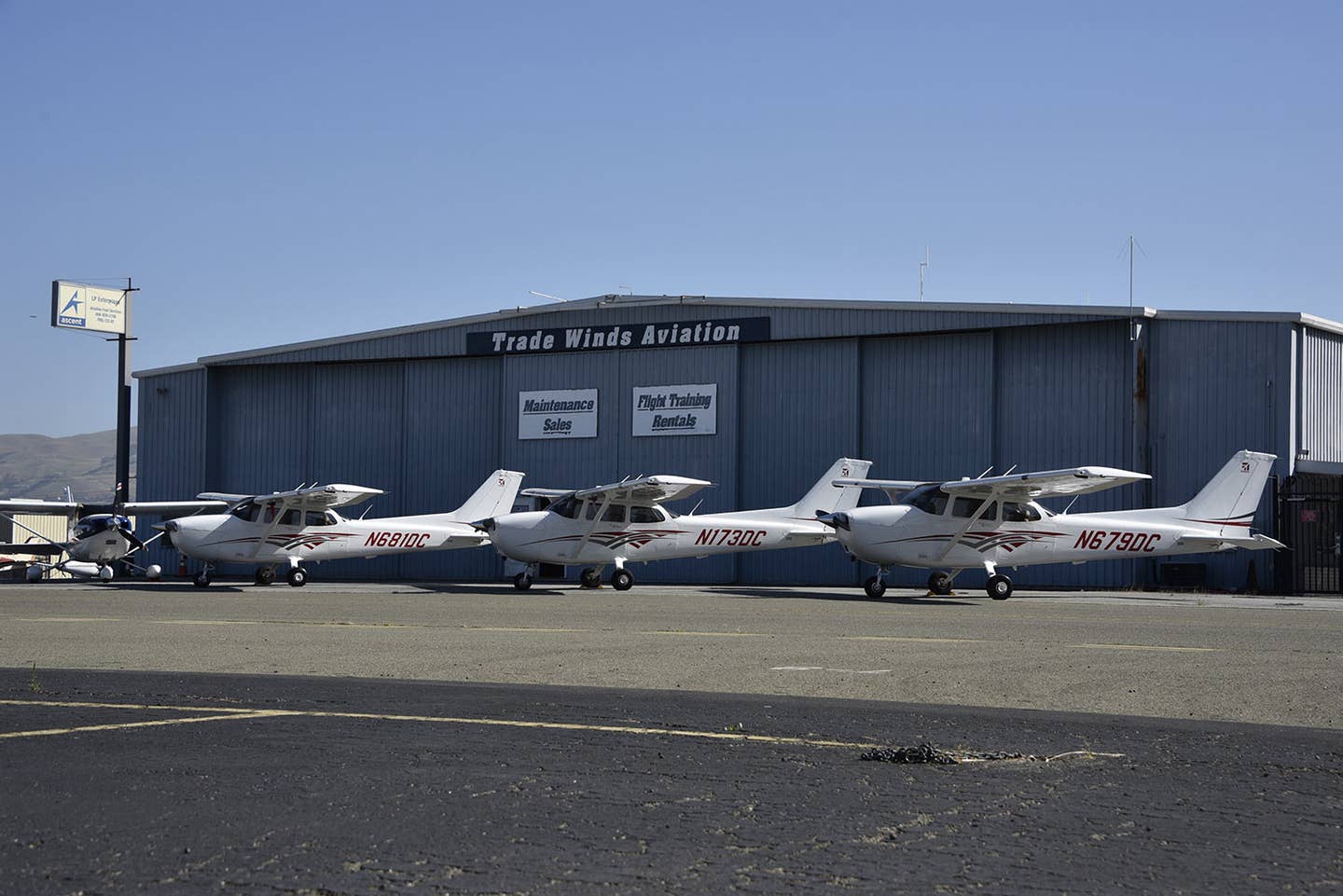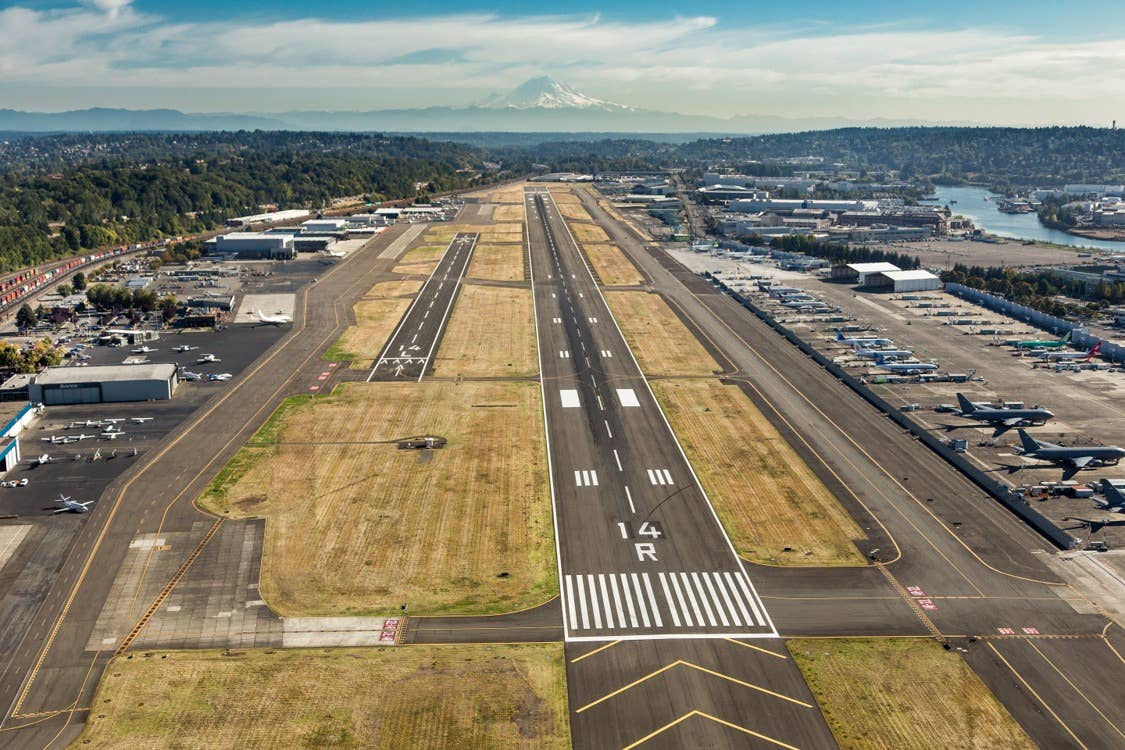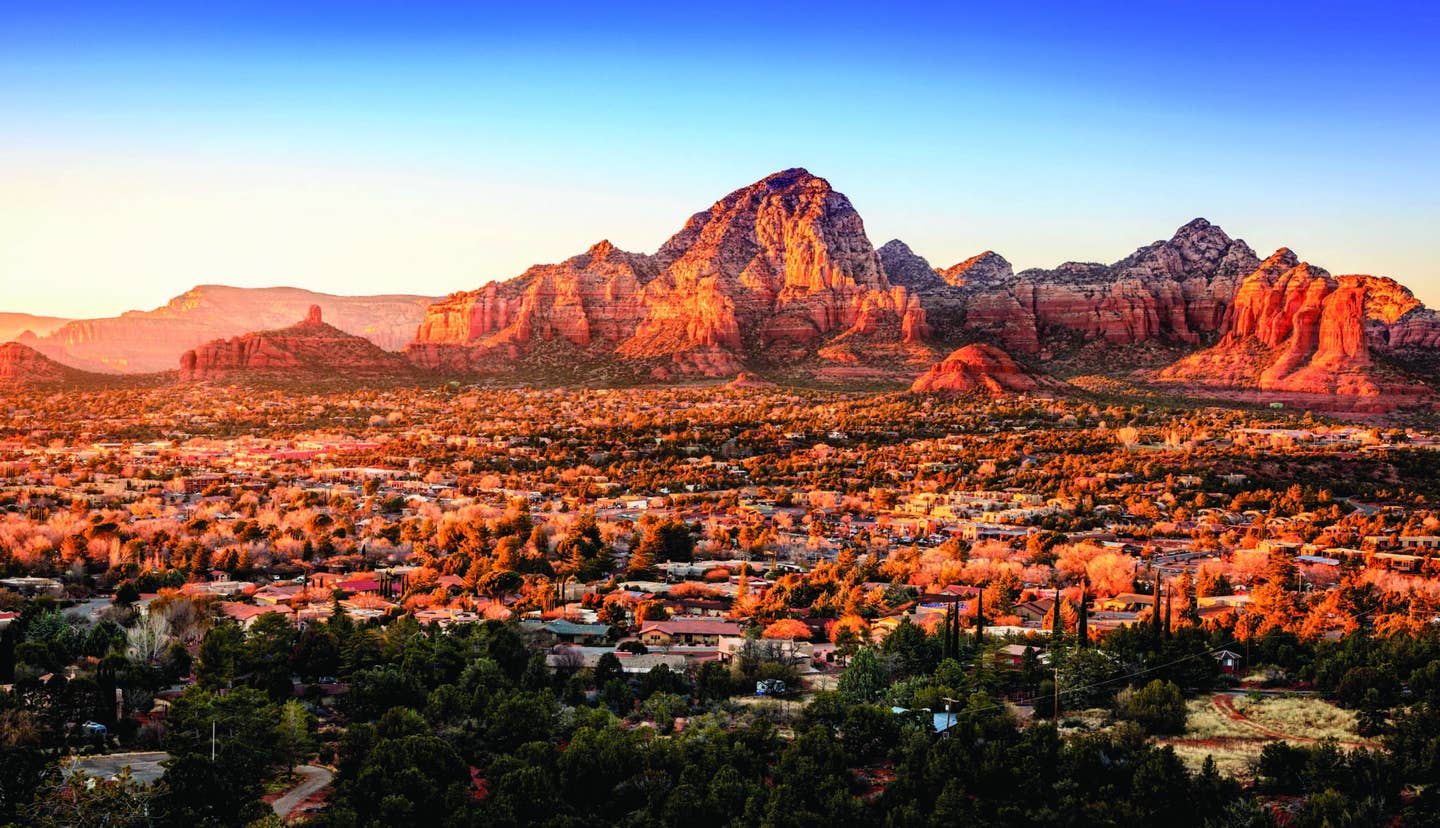Flying a Rainbow in Hawaii
After 11 years, Rainbow Helicopters has carved out a niche in tourist flights.

Nicole Battjes founded Rainbow Helicopters 11 years ago with an R44, and now she flies an Airbus AS350 AStar. [Photo: Jim Barrett]
Nicole Battjes strides out to the Airbus AS350 B2 (AStar) painted with a bright rainbow twist for a focused preflight on the ramp at the Daniel K. Inouye International Airport (PHNL) in Honolulu, Hawaii. I’d met Battjes and general manager Susan Kim at the Women in Aviation International Conference earlier this year in Nashville—and now it’s Kim giving us a final briefing after taking the golf cart out from their offices in the Castle & Cooke Aviation building.
We’ll be flying with the doors off for a photo mission around Oahu—that’s photographers Jim Barrett and Stephen Yeates and I—and we’re entrusted with keeping our camera equipment safely inside the helicopter and out of the tail rotor of the pretty beast. I get to sit up front with Battjes in the left seat with a panoramic view ahead. After a week and a half of flying around the islands in Barrett’s Cessna 210 for an upcoming feature on flying Hawaii for the print edition, I’m still excited to see the island from this new perspective.
A Rainbow Fleet
Battjes moved to Honolulu about 11 years ago, and launched Rainbow Helicopters with a single Robinson R44 and the “spirit of aloha” so vital to life in Hawaii. “We seek diversity in our team and celebrate it in our customers,” says the company’s website—and we felt it throughout our visit, from the moment we were welcomed with beautiful, fragrant leis to the care with which we said goodbye after sunset photos on the ramp.
After 11 years in business, the fleet has grown to encompass six R44s—used both for scenic tours and a little bit of flight instruction—and two AStars also flying tours, private charters, and custom trips like ours.
“I chose the AStar due to its high useful load, powerful Arriel 1D1 Safran engine, and floor to ceiling views for guests to enjoy extraordinary tours of our beautiful island home,” says Battjes. “I decided to buy a second one in order to ensure we could offer the 6-seat platform at all times, even when one is in maintenance. And of course, to meet the post-covid demand of tourism in Hawaii!”
Typical flights include the “Royal Crown of Oahu'' tour, which takes a circular route around the island of Oahu, starting with a low pass offshore past Honolulu’s famed Waikiki Beach and turning past Diamond Head, Koko Head, Waimanalo Beach, and Kaneohe Bay. From there, tours circle around Sacred Falls, and Kahuku, then turn south to check out the waves pounding the North Shore. Before reaching Dillingham Field (PHDH), the flight turns south-southeast to cross the base at Wheeler Army Airfield (PHHI) and Wahiawa and returns to PHNL with a view of Pearl Harbor and Ford Island, where the USS Arizona still rests in memoriam.
Safety Focus
The helicopter tourism industry in Hawaii has fallen under scrutiny over the years, including an accident on the Na Pali Coast on December 26, 2019. Among the "most wanted" cited by the NTSB for Part 135 operators in recent years has been the adoption of safety management systems (SMSs).
Battjes is a board member for Helicopter Association International, and she takes safety seriously. In fact, we delayed our photo mission until the last day of our trip, as the team was busy in the prior days with SMS training—a step up in maintaining a conscientious operation that Battjes and the team take to heart. "We are an 'active participant' in the FAA’s SMSVP (SMS Voluntary Program)," says Battjes, "which means we voluntarily comply with Part 5 of the FAA’s regulations."
In addition to the thorough preflight briefing we had in the office—conducted both by video and in person with a member of the Rainbow Helicopters team—we went through reinforcement as we approached the AStar and climbed on board.
The cockpit of the AStar is optimized for the mission—for obvious reasons, the tours are flown VFR. With grumpy weather haunting the islands over the previous weekend, we had our collective fingers crossed that we’d be able to get in our flight. It turns out, we made it around for the full circle tour of Oahu I described before. We tooled around a waterfall up in the heights north of Punaluu, and chased rainbows—literally—as we came across the Dole pineapple fields on our way back into PHNL.
The AStar performs the mission almost perfectly, according to Battjes—its capabilities make the tour optimal as far as its overall speed and maneuverability. Operating costs are reasonable—and many tour operators use the mount, so finding pilots, recurrent training, and service isn’t too big of a challenge, even on the remote Hawaiian Islands.
Rainbow Helicopters also provides lift for photography and videography, and has a gimbal-mounted system for providing a unique vantage point for capturing the islands’ beauty for business or recreational pursuits.
A Royal Crown of Oahu tour takes about an hour, and costs $375 per person, while private charters—including a Proposal Flight—cost from $2,100 and up. Discounts are available on the website.

Sign-up for newsletters & special offers!
Get the latest FLYING stories & special offers delivered directly to your inbox






